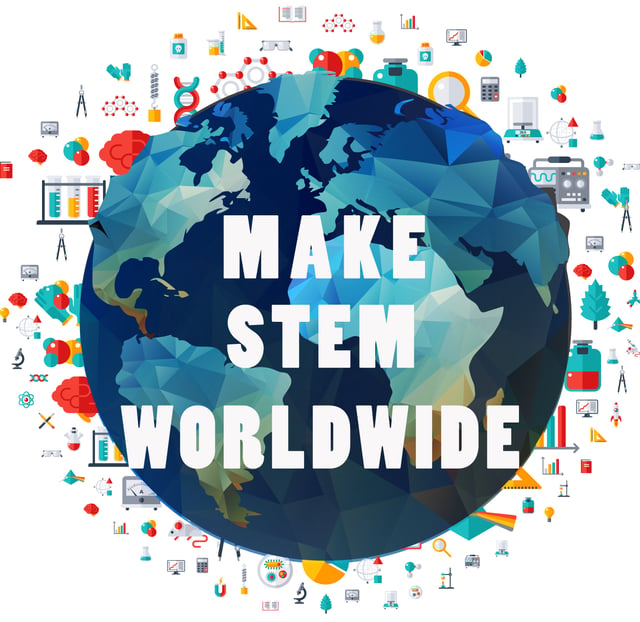
5 Easy Math Engagement Strategies for the Classroom
The news headlines are daunting. Math scores are down. School districts are scrambling to turn things around. And...
Tahlea Jankoski | Published July 01, 2016

STEM curriculum has gained momentum in the United States, but how is it doing worldwide? More teachers and administrators are seeing the need for STEM curriculum to teach lessons that shape everyday experiences. Courses devoted to science, technology, engineering, and mathematics are growing to become even more essential worldwide to prepare students for more education and the future careers that will solve some of the world's most pressing problems.
STEM is not only needed in the U.S.
While the U.S. economy continues to contend with a shortage of professionals with STEM skills, the rest of the world is facing a crisis as well, with a lack of professionals prepared to work in STEM fields. Europe as a whole has experienced a similar shortage of skilled STEM professionals, as well as a decline in STEM academic programs and new graduates.
What is being done to improve STEM education worldwide?
Globally, STEM curriculum development is focusing on educating students at an early age so they can gain applicable skills that will serve them in the future and increase their curiosity about STEM careers. Here are some ways that STEM education is improving globally.
Convenient Resources - Some organizations have set up global networks to help students become involved with STEM projects and interact with STEM professionals worldwide. The Global STEM Alliance founded by the New York Academy of Sciences is an example of this type of organization. Accelerate Learning is another example of a pioneering resource that supports both teachers and district administrators and provides helpful STEM tools online.
Widespread Availability - STEM curriculum has spread its reach so that it is available in classrooms throughout the world. Even among developing countries, it is believed that STEM education can help reduce poverty and inequality to benefit economic growth.
Classroom Technology - From tablets to smartphones, technology is making it possible for students to be more involved with learning as teachers provide hands-on assignments and critical thinking activities that lead students to do their own research in class. Students then come together to collaborate and share what they learned. With the global reach that the internet supplies along with apps and multiple programs and online games, teachers can facilitate an international reach in the classroom with students to develop a cross-cultural understanding of STEM.
Equal Opportunities - In the U.S. and abroad, there is a concerted drive to recruit both men and women into STEM careers and educational programs. In doing so, STEM is expected to help improve economic development in general and prepare women in particular for STEM careers in traditionally more male-dominated sectors. Even rudimentary exposure to technology for women in developing regions has been shown to improve their ability to support their families and contribute to their local economies.
The future of STEM education is looking brighter, as support for improving STEM worldwide continues to grow. A commitment to this trend will require continual support for educators, including constant updates and development of the resources they need to help students learn and be prepared for the world's STEM challenges.

The news headlines are daunting. Math scores are down. School districts are scrambling to turn things around. And...

Math assessment in California is changing. What used to be a compliance exercise or reporting tool is now becoming a...

You know the moment: a student’s eyes light up when the science experiment fizzes or the math puzzle helps them...